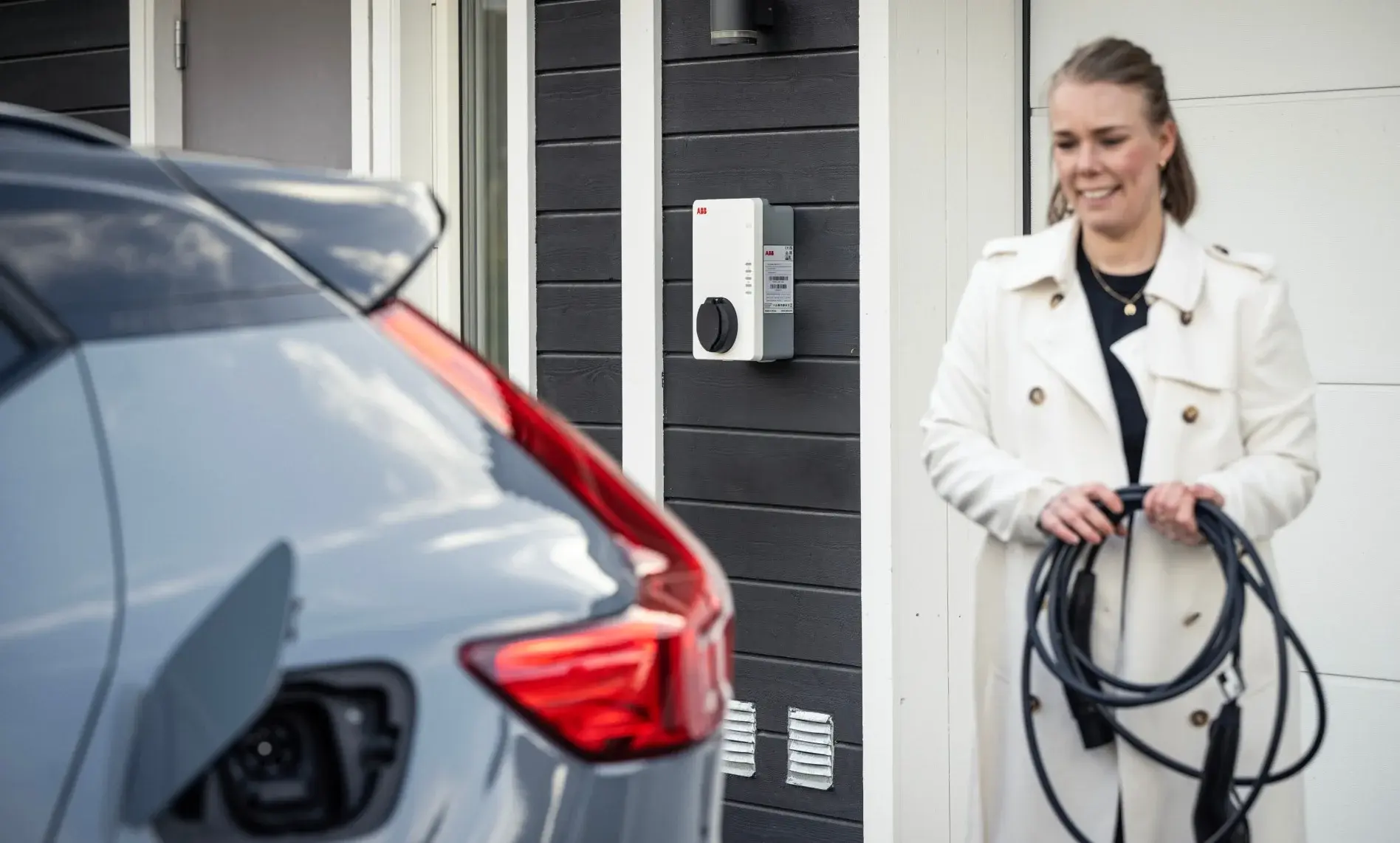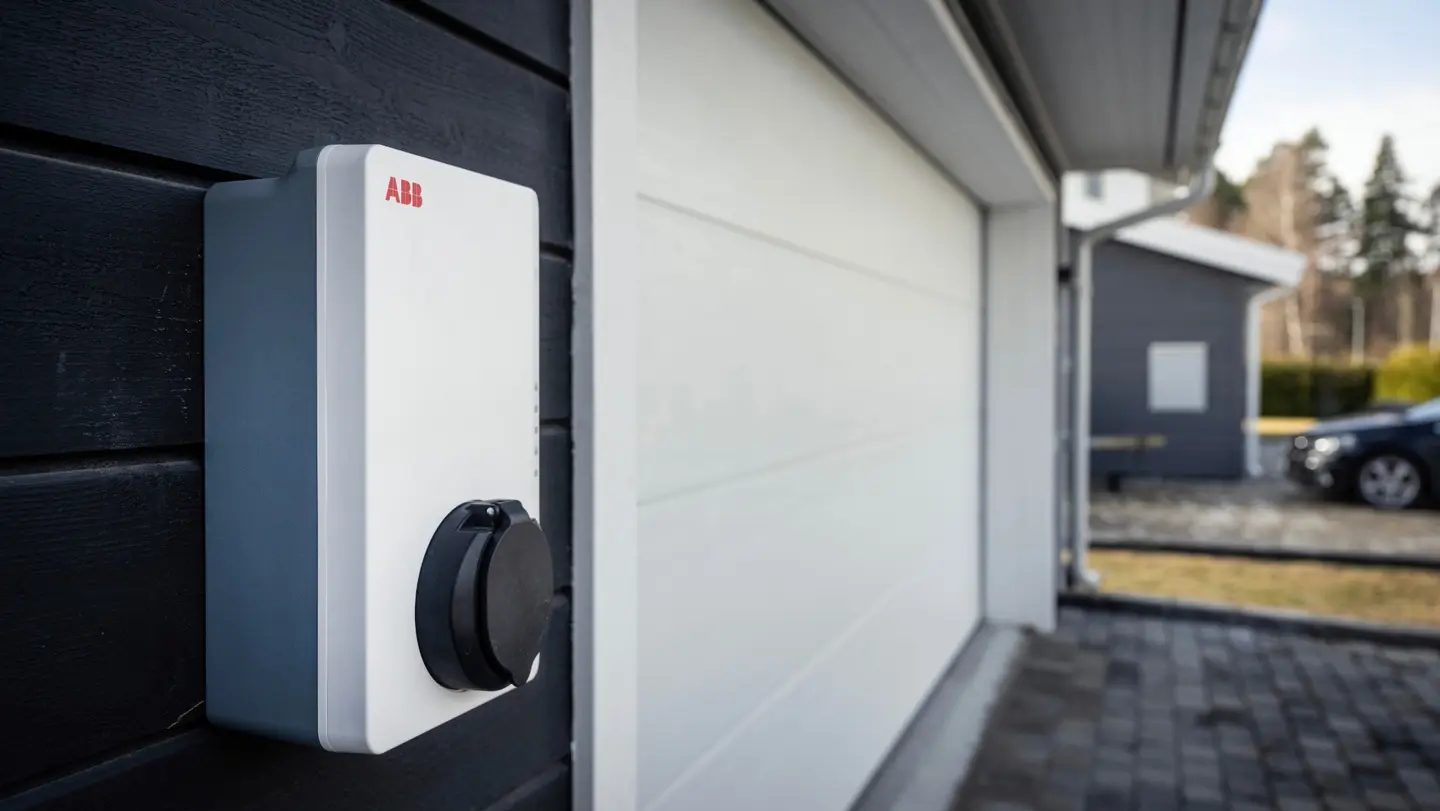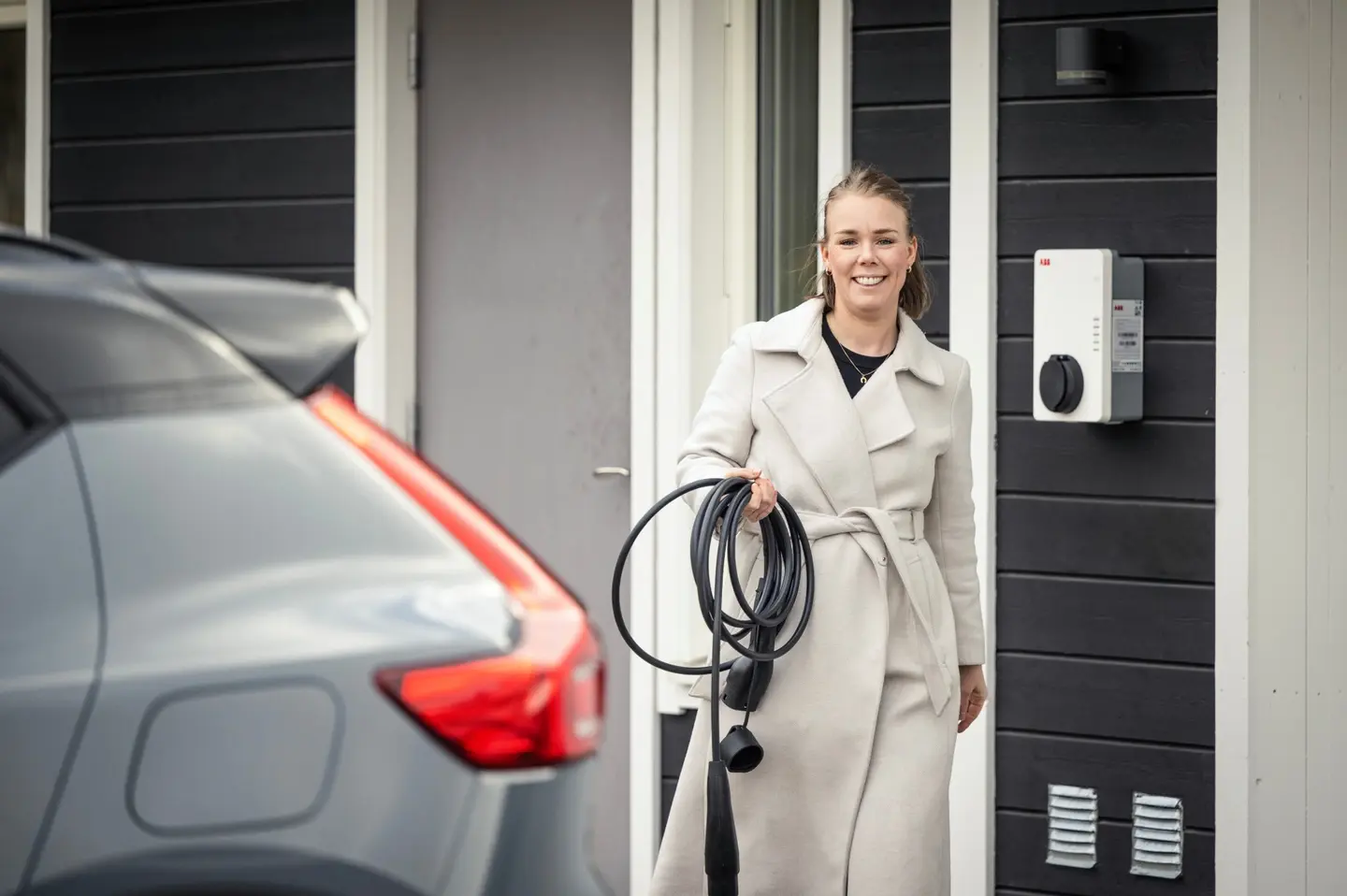The order could not be shipped.
The order was successfully shipped.

Hurry up now...
E-mobility
Well, have you already thought about driving electrically in the future? It could pay off to be quick. Not much longer, some subsidy programmes will expire. In this article, you'll find out why it's worth making the switch and buying a wallbox right now. We also show you where you can still save money and what you should consider when buying a wallbox.
More sustainability, less noise and independence from fossil energies - admittedly, we have all heard the reasons for switching to e-mobility. Many are also familiar with the generally lower workshop costs, tax breaks, good acceleration and the financial incentive via the GHG quota. And then there is the decided phase-out of internal combustion engines. So the question is not so much whether, but rather when a changeover makes sense?
The state will continue to subsidise fully electric cars until 2025. For new cars under 40,000 euros you will receive 4,500 euros from the state, for new cars up to 65,000 euros and young used cars 3,000 euros. As of next year, only young used cars and new cars up to 45,000 euros will be subsidised with 2,400 euros and 3,000 euros respectively.
And even though the original KfW subsidy for wallboxes has expired, there are still opportunities to save on the charging infrastructure. A new programme was only launched in September, which involves more than just the wallbox. Up to 9,600 euros can be granted to anyone who buys a new combination package consisting of a wallbox, electricity storage and a photovoltaic system. Important here:
The subsidy only applies to private individuals who already privately own an e-car or have placed a binding order for one. Company cars are excluded.
Applications can be submitted to KfW from 26 September. Incidentally, funding is also available for the Terra AC Wallbox from ABB.
Those for whom the combined funding is not an option should find out about regional funding opportunities. Some federal states, cities and municipalities also have their own subsidies. In Baden-Württemberg, for example, there is the BW-e-Solar voucher for 1,000 euros for people who buy or lease a new e-vehicle and operate a photovoltaic system at the same time. Another 500 euros are added if a wallbox is also installed. North Rhine-Westphalia is pursuing a similar strategy: 1,000 euros will be paid to anyone who buys a private wallbox and has a photovoltaic system or a green electricity contract. In combination with the renewable energy system, even up to 1,500 euros in subsidies are possible.

Charging at home is also possible at the socket, isn't it? Yes, BUT. Even if the purchase and installation of a wallbox involves some costs, it is worth it. This is because our household sockets are not designed for continuous charging currents of 16 amps. This leads to a significantly longer charging time and higher charging losses. Overheating can occur - and in the worst case, a fire. The German Insurance Association (GDV) therefore explicitly advises against charging at a household socket. By the way, it is questionable whether the insurance will cover it in the event of damage.

Compared to a household socket, the wallbox is always the better choice. However, there are also differences in the safety features of wallboxes. For example, be sure to look for built-in protection against overcurrent, overvoltage and undervoltage and integrated DC fault current detection.
